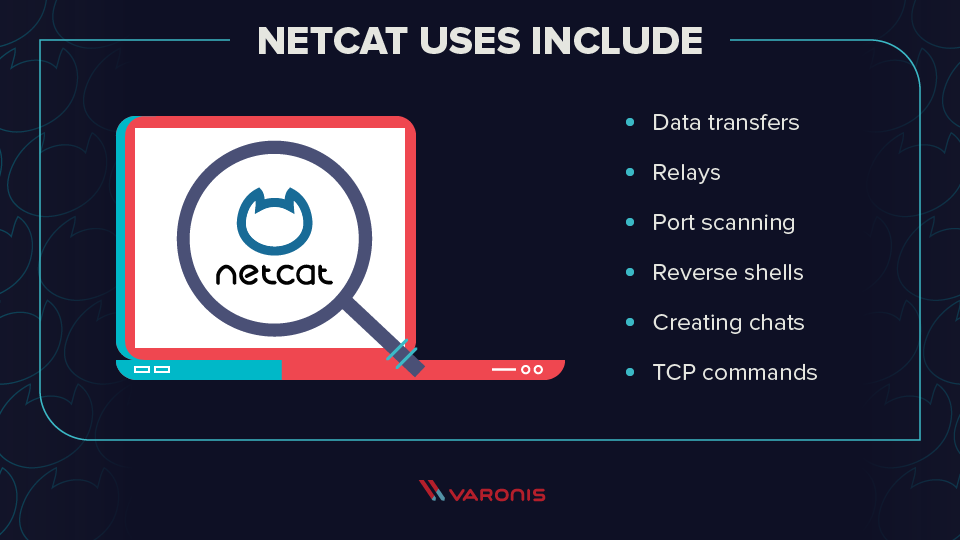
Even this method is not really foolproof – in some cases, a service may be listening on the port, but configured not to respond to the particular probe packet. This method is much more reliable at identifying open ports.Īs far as I know, the best way to scan UDP ports is to send an application specific probe packet with tools such as nmap and nessus. For example, sending a DNS query to port 53 will result in a response, if a DNS server is present. An alternative approach is to send application-specific UDP packets, hoping to generate an application layer response. This method is also affected by ICMP rate limiting. If the port unreachable message is blocked, all ports will appear open.
#BASH NETCAT INSTALL#
Just like the multi-function usefulness of the venerable Swiss Army pocket knife, netcats functionality is as helpful. We have used remote Shell using the telnet and ssh but what if they are not installed and we do not have the permission to install them, then we can create remote shell using netcat also. Netcat is a platform-independent command supported by Linux, Unix, Windows, BSD, macOS, etc. Netcat can listen or connect specified sockets easily. Netcat is often referred to as a Swiss Army knife utility, and for a good reason. Netcat is a simple but useful tool used for TCP, UDP, Unix-domain sockets.

In this post I will introduce you to the netcat tool or simply nc. However, if a port is blocked by a firewall, this method will falsely report that the port is open. This is the second post in the article series about Unix utilities that you should know about.
#BASH NETCAT HOW TO#
Then from any other system on the network, you can test how to run commands on host after successful Netcat connection in bash. Most UDP port scanners use this scanning method, and use the absence of a response to infer that a port is open. To get started, you need to enable the shell tool over a Netcat command by using Netcat reverse shell: nc -n -v -l -p 5555 -e /bin/bash. However, if a UDP packet is sent to a port that is not open, the system will respond with an ICMP port unreachable message. In UDP, there is no equivalent to a TCP SYN packet.
#BASH NETCAT PATCH#
bash 5.2 (The patch will be included in bash5. I got similar results with netcat found in the netcat-traditional package.īecause UDP is connectionless in nature, you cannot reliably distinguish an open port from a firewalled port or from a lost packet – many false positives can occur from UDP port scans. A purely bash web server, no socat, netcat, etc. I have seen that with the netcat-openbsd package, netcat reports that a UDP port is always open even if it is actually closed (at least on Ubuntu). Hmmm, according to netcat, the domain has both UDP ports 53 and 139 open, which is highly unlikely.

We can use the following syntax to scan a UDP port using netcat.Ĭonnection to 8.8.8.8 53 port succeeded!Ĭonnection to 53 port succeeded!Ĭonnection to 139 port succeeded! To scan a UDP port with netcat, we need to use the ‘ -u‘ option. Nc: connect to port 81 (tcp) timed out: Operation now in progress To wait for a maximum of 5 seconds, use the syntax below. To specify the maximum timeout, use the ‘ -w‘ option. If a port is not open, netcat could take a while to timeout.


 0 kommentar(er)
0 kommentar(er)
